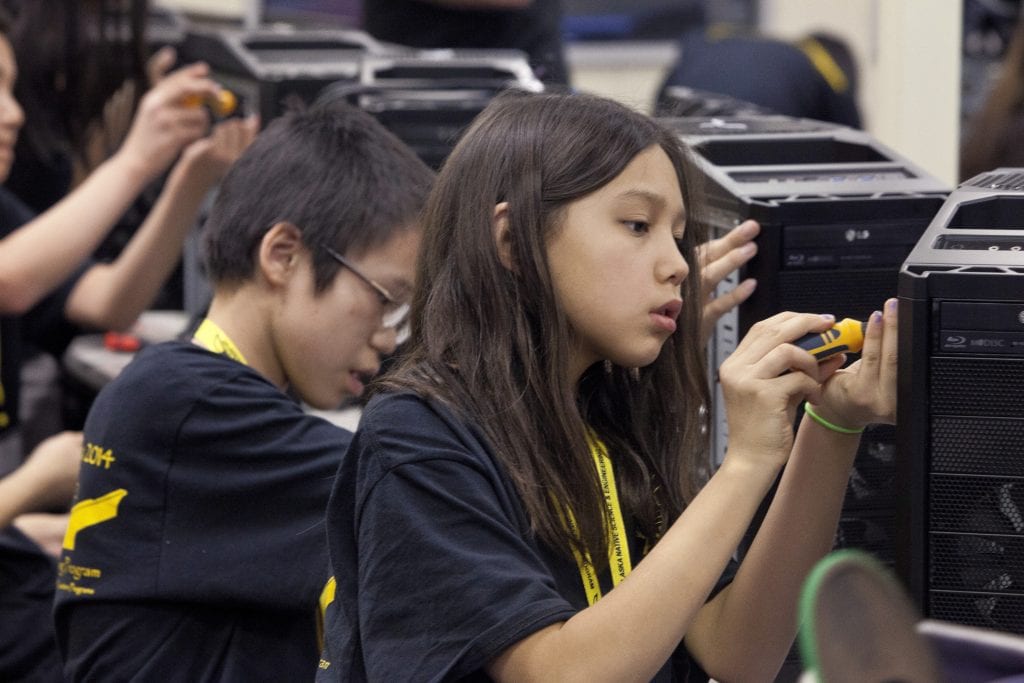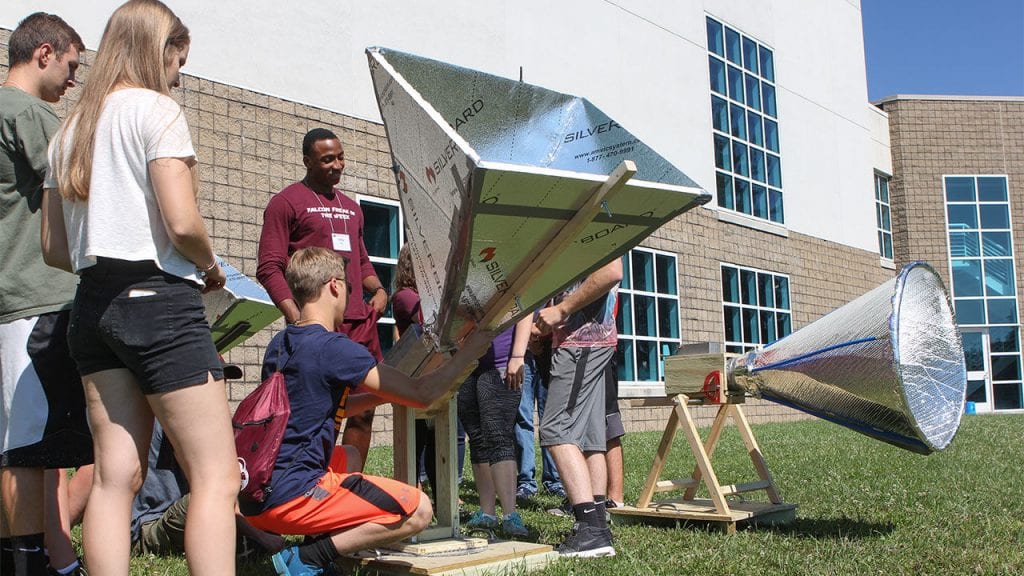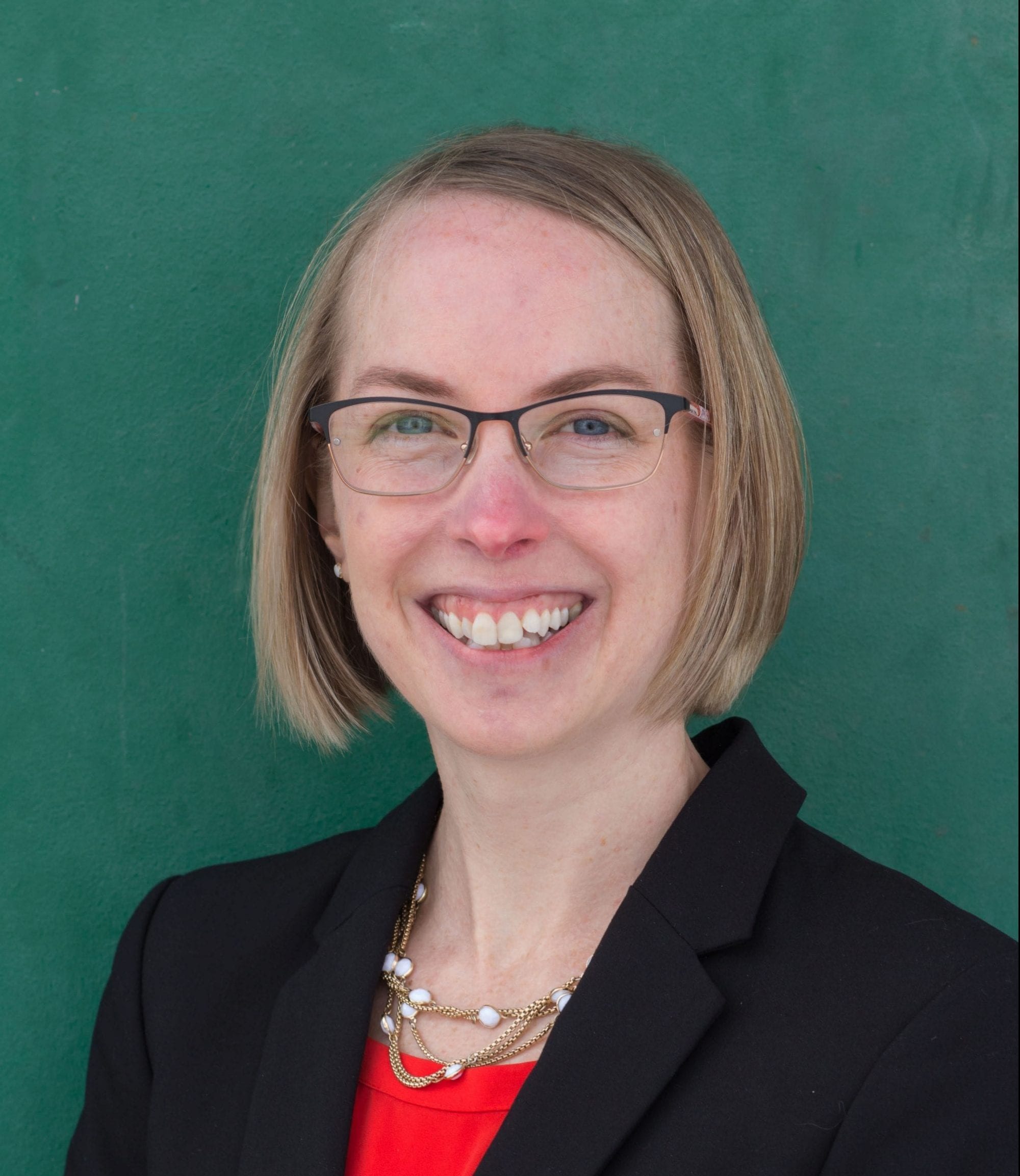This is post 1 of 5 in the Broadening Participation and Broader Impacts Series
The terms broadening participation and broader impacts have been used extensively in science, technology, engineering, and mathematics (STEM) disciplines, especially within STEM funding solicitations and proposals. Although used interchangeably at times, these two terms have their own unique history and definitions. By understanding these differences and similarities, researchers, educators, and administrators can implement and evaluate them more successfully. In this five-part series we’re calling “Broadening Participation and Broader Impacts” we’ll explore the history of these terms, their implementation, and frameworks to evaluate their success.
Broadening Participation
“Broadening Participation – to expand efforts to increase participation from underrepresented groups and diverse institutions throughout the United States in all NSF activities and programs” – NSF (https://www.nsf.gov/od/broadeningparticipation/bp.jsp)
In 1980, the United States (U.S.) Congress enacted the “National Science Foundation Authorization and Science and Technology Equal Opportunities Act” to:
“authorize appropriations for activities for the National Science Foundation for the fiscal year 1981, and to promote the full use of human resources in science and technology through a comprehensive and continuing program to increase substantially the contribution and advancement of women and minorities in scientific, professional, and technical careers, and for other purposes”
Included within this act was the establishment of a committee, known as the Committee on Equal Opportunities in Science and Engineering (CEOSE) to provide advice to the NSF on policies and programs that encourage full participation by women, minorities, and persons with disabilities in STEM. Through these recommendations by the CEOSE, NSF has implemented several programs and policies to increase the size, talents, and diversity of America’s science and engineering workforce at all levels.

Broadening Participation Programs
Beginning in 1997, the NSF created several grant programs to increase access to education, training and employment opportunities in STEM for women, underrepresented minorities, and persons with disabilities. The Participation and Advancement of Women in Academic Science and Engineering Careers (ADVANCE) program, the Historically Black Colleges and Universities Undergraduate Program (HBCU-UP), and the Louis Stokes Alliances for Minority Participation (LSAMP) program are just a few examples. Yet, despite these efforts, the CEOSE, in their 2011-2012 biennial report, noted although there had been positive impacts on the participation of women, African Americans, Hispanics, Native Americans, and persons with disabilities, the cumulative impact of these efforts on the underrepresentation of these groups were minimal.
The CEOSE recommended that NSF undertake a bold, new initiative in broadening participation in STEM, with the goal of having the participation of NSF-supported scientists and engineers in STEM fields mirror the population of the Nation. In response, NSF established Inclusion Across the Nation of Communities of Learners of Underrepresented Discoverers in Engineering and Science (INCLUDES), and started awarding design and development launch pilot grants in 2016. This comprehensive national initiative was designed to enhance U.S. leadership in STEM discoveries and innovations by focusing on diversity, inclusion and broadening participation in STEM fields at scale. To achieve national impact, NSF INCLUDES shifted away from single-project efforts, and recognized that complex problems are best addressed through collaborative approaches and shared resources among varying institutions, industry, professional societies and the scientific community at-large.

NSF has continued taking the recommendations of the CEOSE to promote broadening participation and current information about the NSF Broadening Participation portfolio can be found on the NSF website or the most recent CEOSE biennial report of 2017-2018.
Broadening Participation Policies
In addition to creating broadening participation programs, the NSF also created or revised several structural policies focused on broadening participation. One such policy revision occured between 1997 and 2002 and simplified, focused, and strengthened accountability for its merit-review policies. Grant applicants and reviewers now are required to address explicitly both the intellectual merit and broader impacts of proposed projects.
Our second post in the Broadening Participation and Broader Impacts Series will specifically address the NSF’s adoption of a broader impacts criterion in their merit review process as a means to address broadening participation in research proposals.

Dr. Cheryl L. Bowker
Associate Director – STEM Center
Cheryl has worked at the STEM Center since 2013 and has evaluated and managed several STEM education projects. Cheryl enjoys impassioned discussions about research, education, and insects. Check out the Staff page for contact details.
Disclaimer: The thoughts, views, and opinions expressed in this post are those of the author and do not necessarily reflect the official policy or position of Colorado State University or the CSU STEM Center. The information contained in this post is provided as a public service with the understanding that Colorado State University makes no warranties, either expressed or implied, concerning the accuracy, completeness, reliability, or suitability of the information. Nor does Colorado State University warrant that the use of this information is free of any claims of copyright infringement. No endorsement of information, products, or resources mentioned in this post is intended, nor is criticism implied of products not mentioned. Outside links are provided for educational purposes, consistent with the CSU STEM Center mission. No warranty is made on the accuracy, objectivity or research base of the information in the links provided.
Disclaimer: The thoughts, views, and opinions expressed in this post are those of the author and do not necessarily reflect the official policy or position of Colorado State University or the CSU STEM Center. The information contained in this post is provided as a public service with the understanding that Colorado State University makes no warranties, either expressed or implied, concerning the accuracy, completeness, reliability, or suitability of the information. Nor does Colorado State University warrant that the use of this information is free of any claims of copyright infringement. No endorsement of information, products, or resources mentioned in this post is intended, nor is criticism implied of products not mentioned. Outside links are provided for educational purposes, consistent with the CSU STEM Center mission. No warranty is made on the accuracy, objectivity or research base of the information in the links provided.
Get Notified of New Posts
Subscribe and receive email notifications about new posts directly in your inbox.



